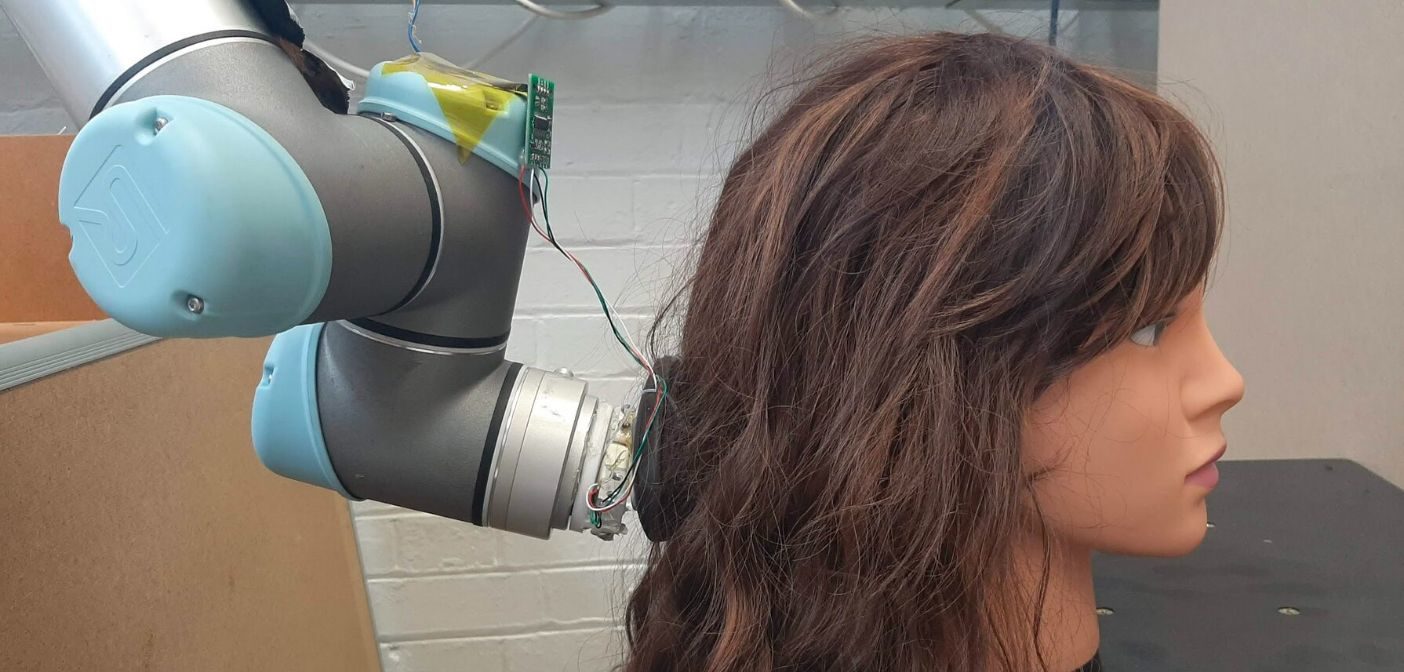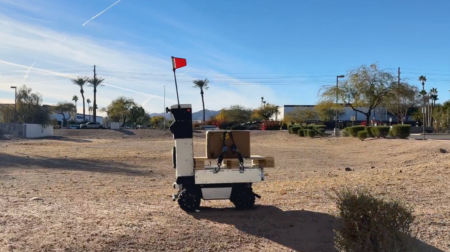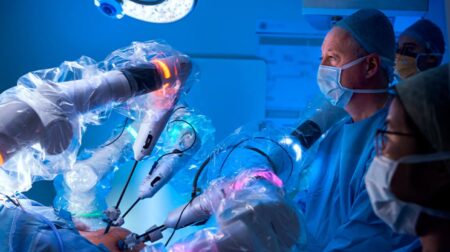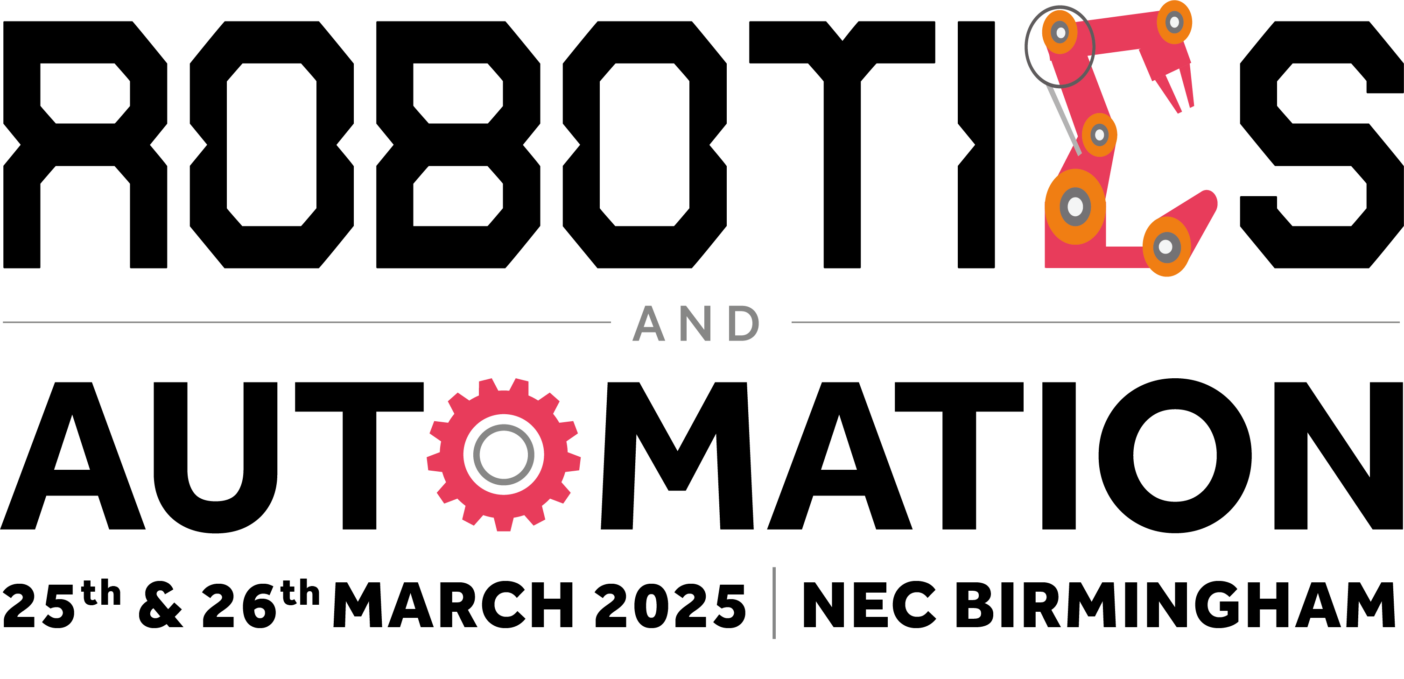Researchers at Massachusetts Institute of Technology’s (MIT) and Harvard University have teamed up to develop a personal care robot capable of combing hair that could provide substantial help and relief to nurses working in care homes.
According to MIT, with rapidly growing demands on health care systems, nurses typically spend 18-40% of their time performing direct patient care tasks.
Thus, scientists from MIT’s Computer Science and Artificial Intelligence Laboratory (CSAIL) and the Soft Math Lab at Harvard University are working on a robotic arm setup with a sensorised soft brush, equipped with a camera designed to help the arm ‘see’ and assess curliness, to let the system plan a delicate and time-efficient brush-out.
The control strategy is adaptive to the degree of tangling in the fibre bunch, and a so-called ‘RoboWig’ was tested by the team by brushing wigs ranging from straight to very curly hair.
CSAIL postdoc Josie Hughes and her team’s approach examined entangled soft fibre bundles as sets of entwined double helices, similar to DNA strands.
According to Hughes, this level of granularity provided key insights into mathematical models and control systems for manipulating bundles of soft fibres, with a wide range of applications in the textile industry, animal care, and other fibrous systems.
While previous research in the brushing domain has mostly been on the mechanical, dynamic and visual properties of hair, RoboWig focuses on tangling and combing behaviour.
To brush and manipulate the hair, the researchers added a soft-bristled sensorised brush to the robot arm, to allow forces during brushing to be measured.

They combined this setup with a “closed-loop control system”, which takes feedback from an output and automatically performs an action without human intervention.
This created “force feedback” from the brush – a control method that lets the user feel what the device is doing – so the length of the stroke could be optimised to take into account both the potential “pain”, and time taken to brush.
Initial tests preserved the human head and instead were done on a number of wigs of various hair styles and types.
The model provided insight into the behaviours of the combing, related to the number of entanglements, and how those could be efficiently and effectively brushed out by choosing appropriate brushing lengths. For example, for curlier hair, the pain cost would dominate, so shorter brush lengths were optimal.
The team said it wants to eventually perform more realistic experiments on humans, to better understand the performance of the robot with respect to their experience of pain.
“To allow robots to extend their task solving abilities to more complex tasks such as hair-brushing, we need not only novel safe hardware, but also an understanding of the complex behaviour of the soft hair and tangled fibres,” said Hughes.
“In addition to hair brushing, the insights provided by our approach could be applied to brushing of fibres for textiles, or animal fibres.”







